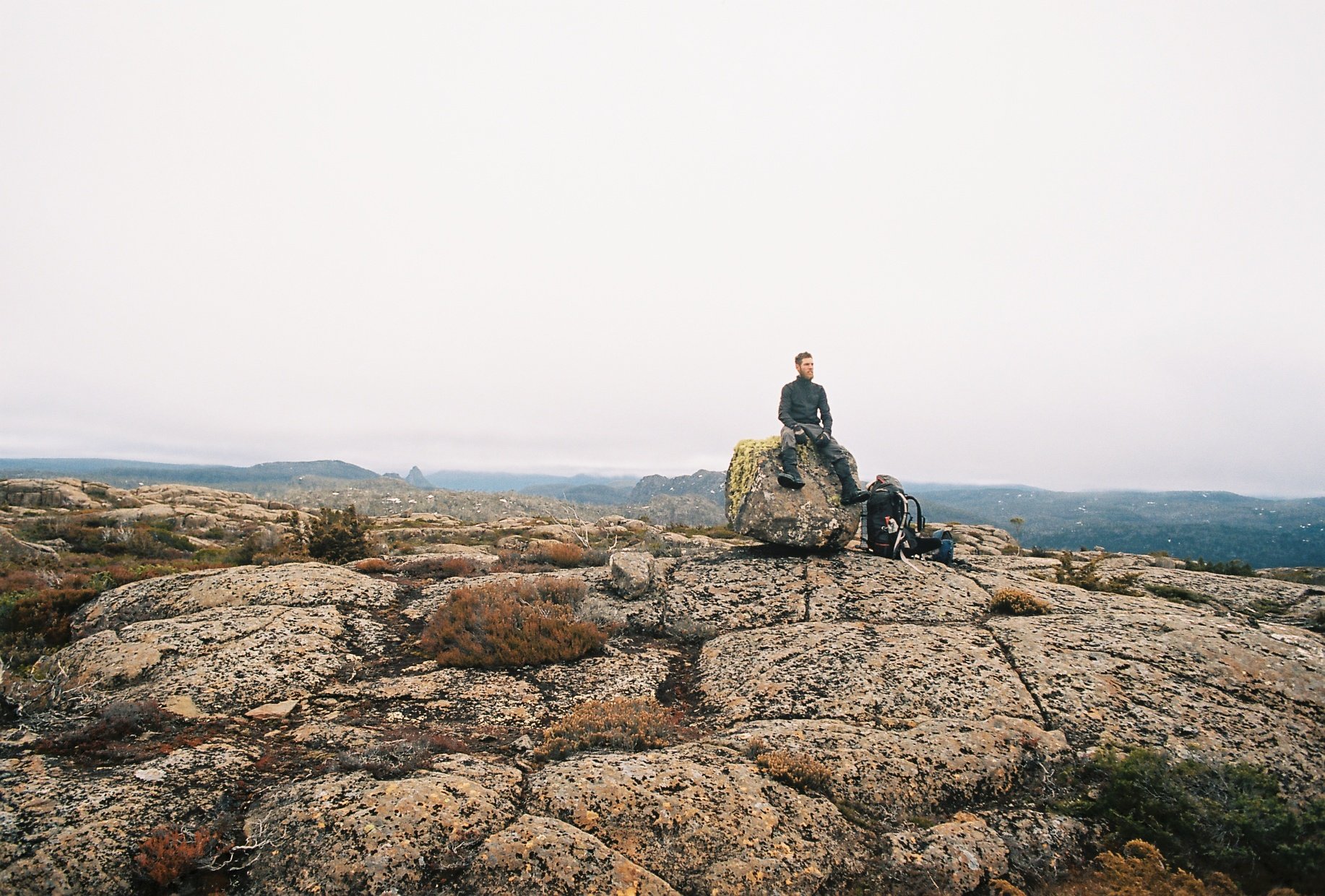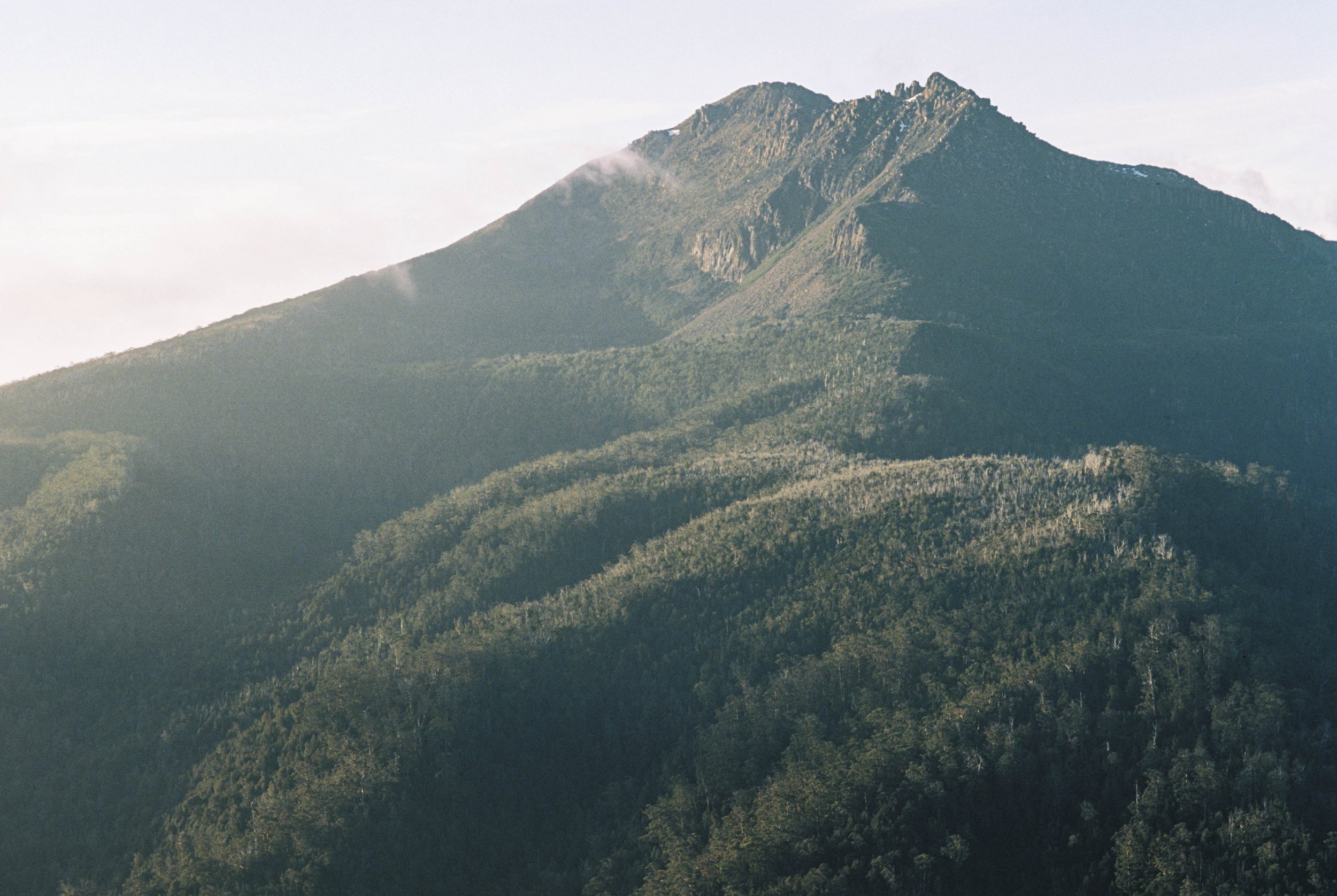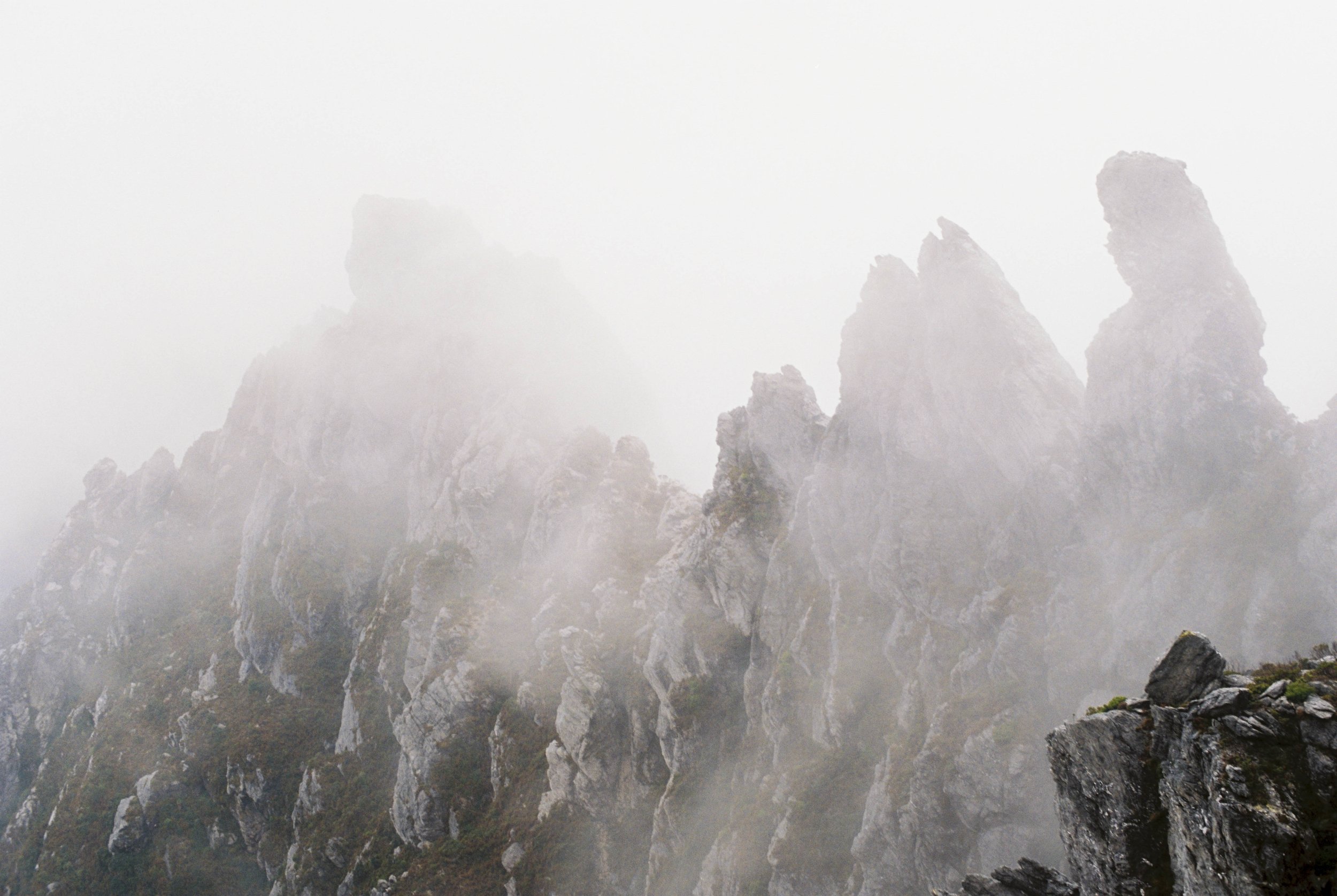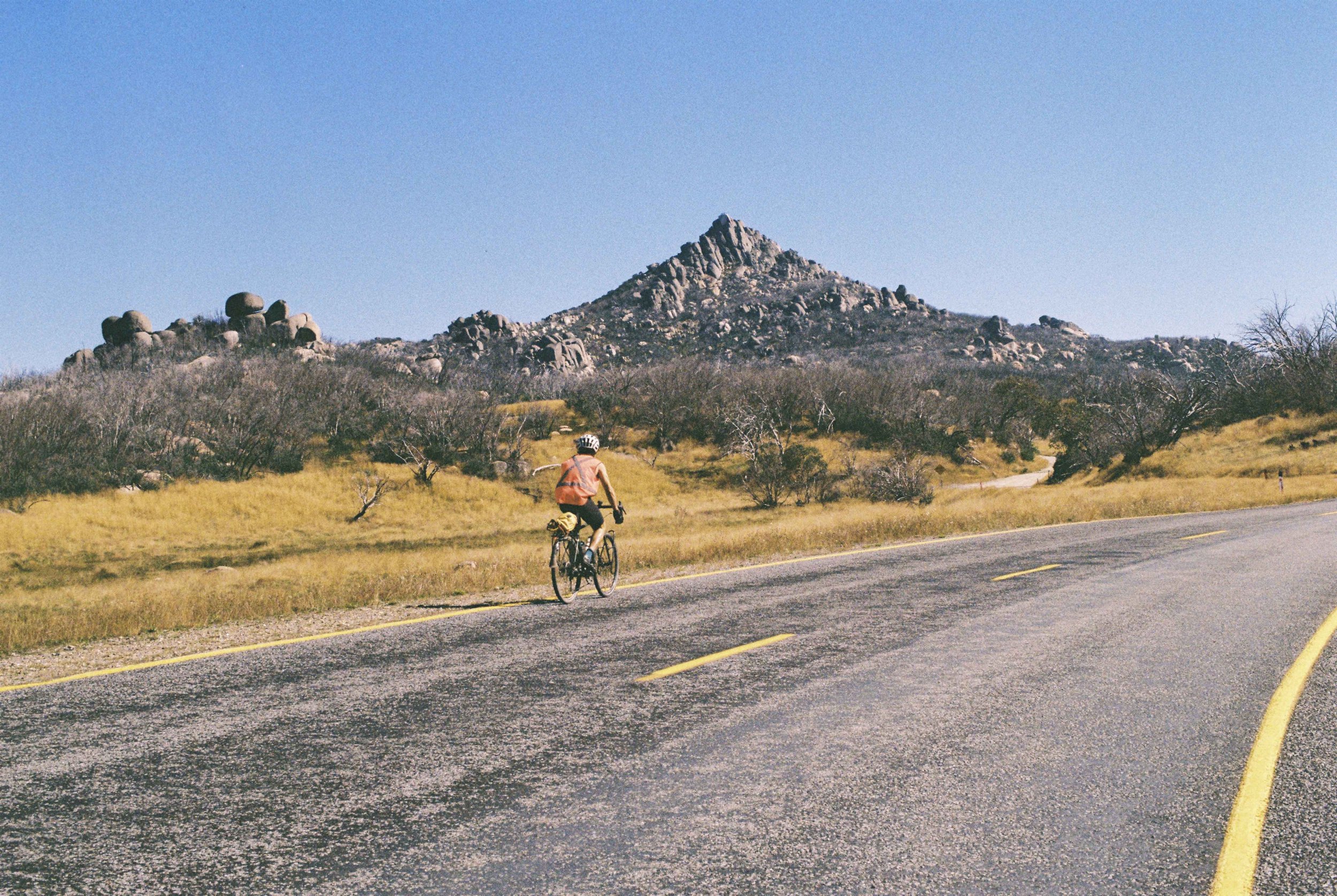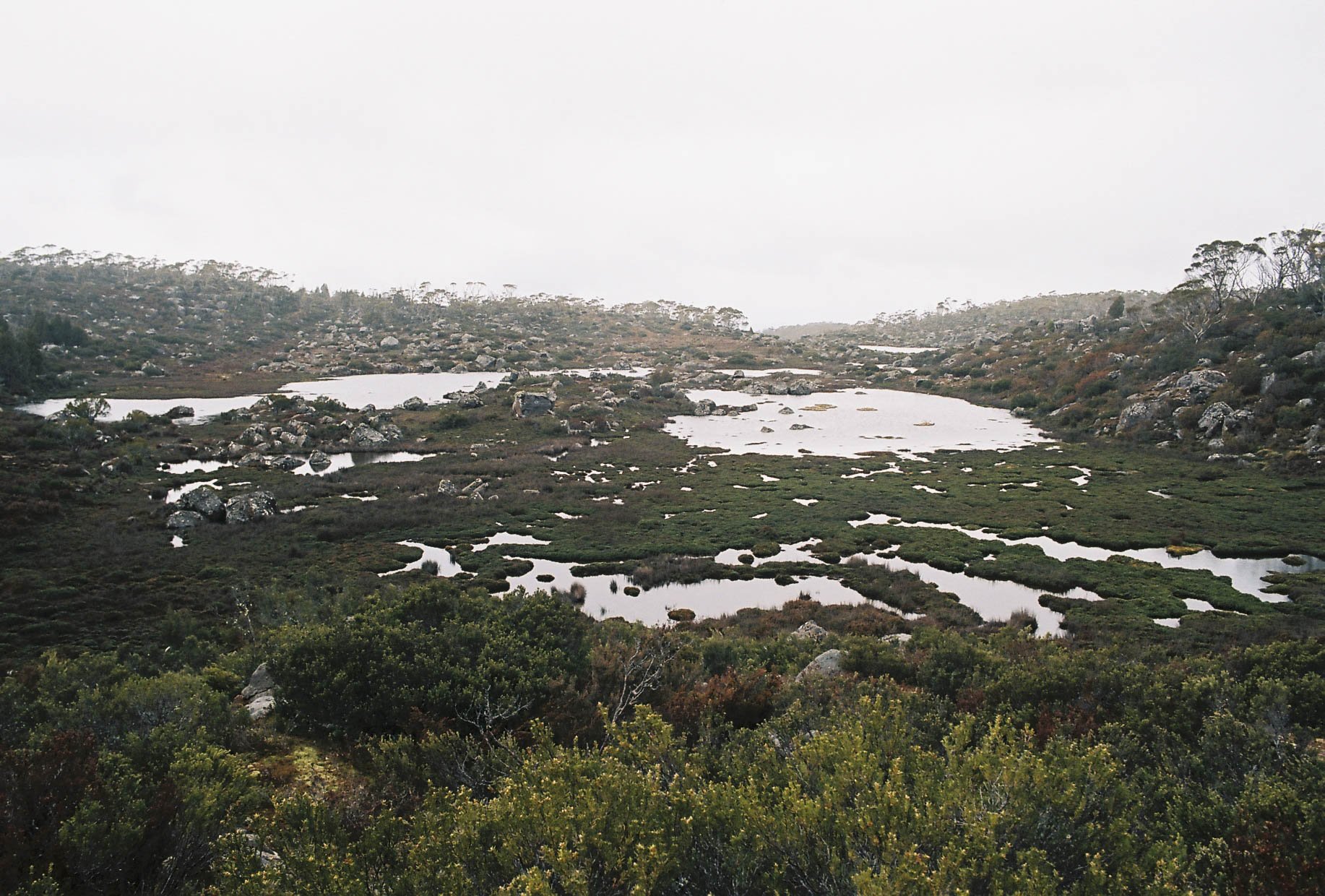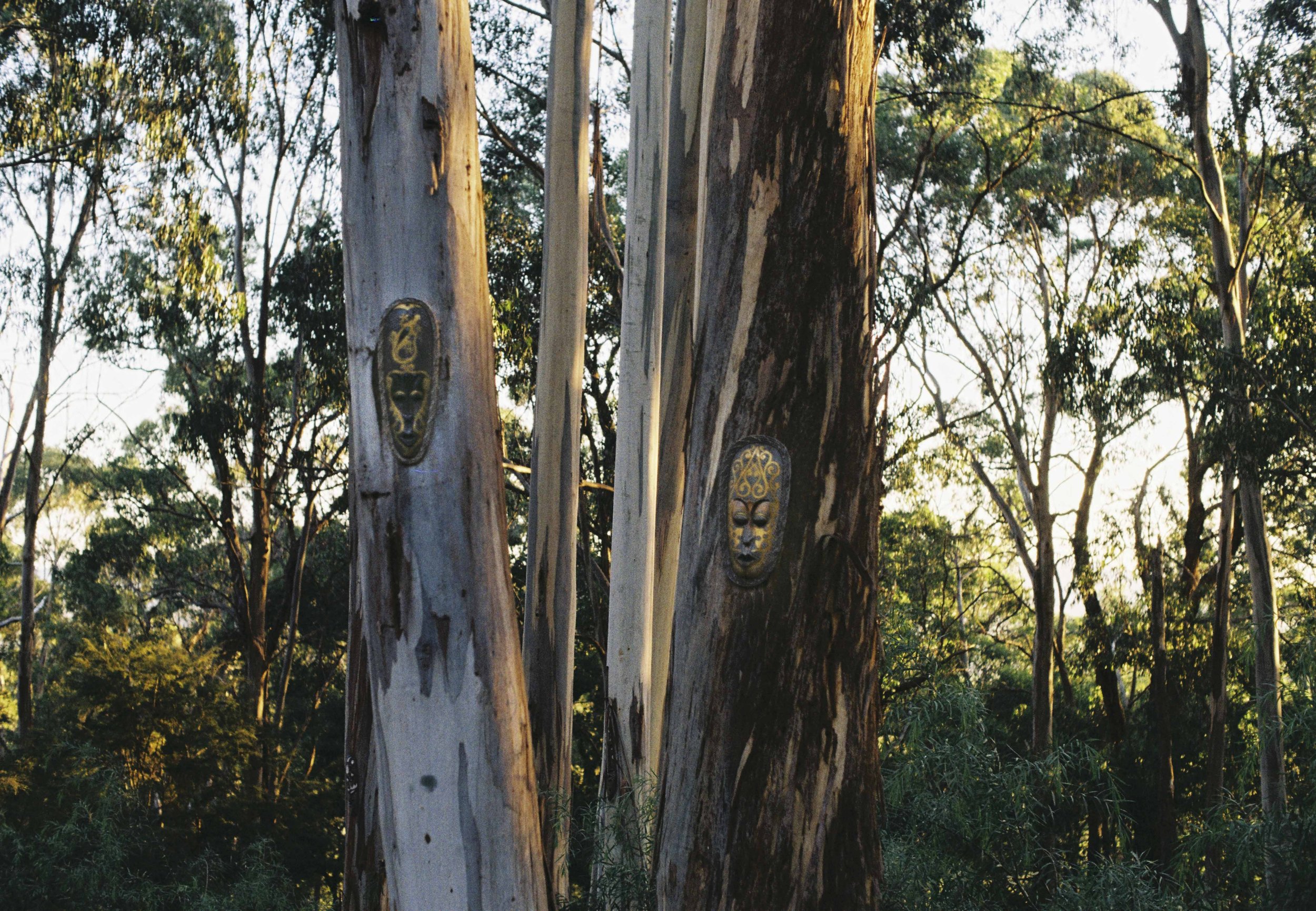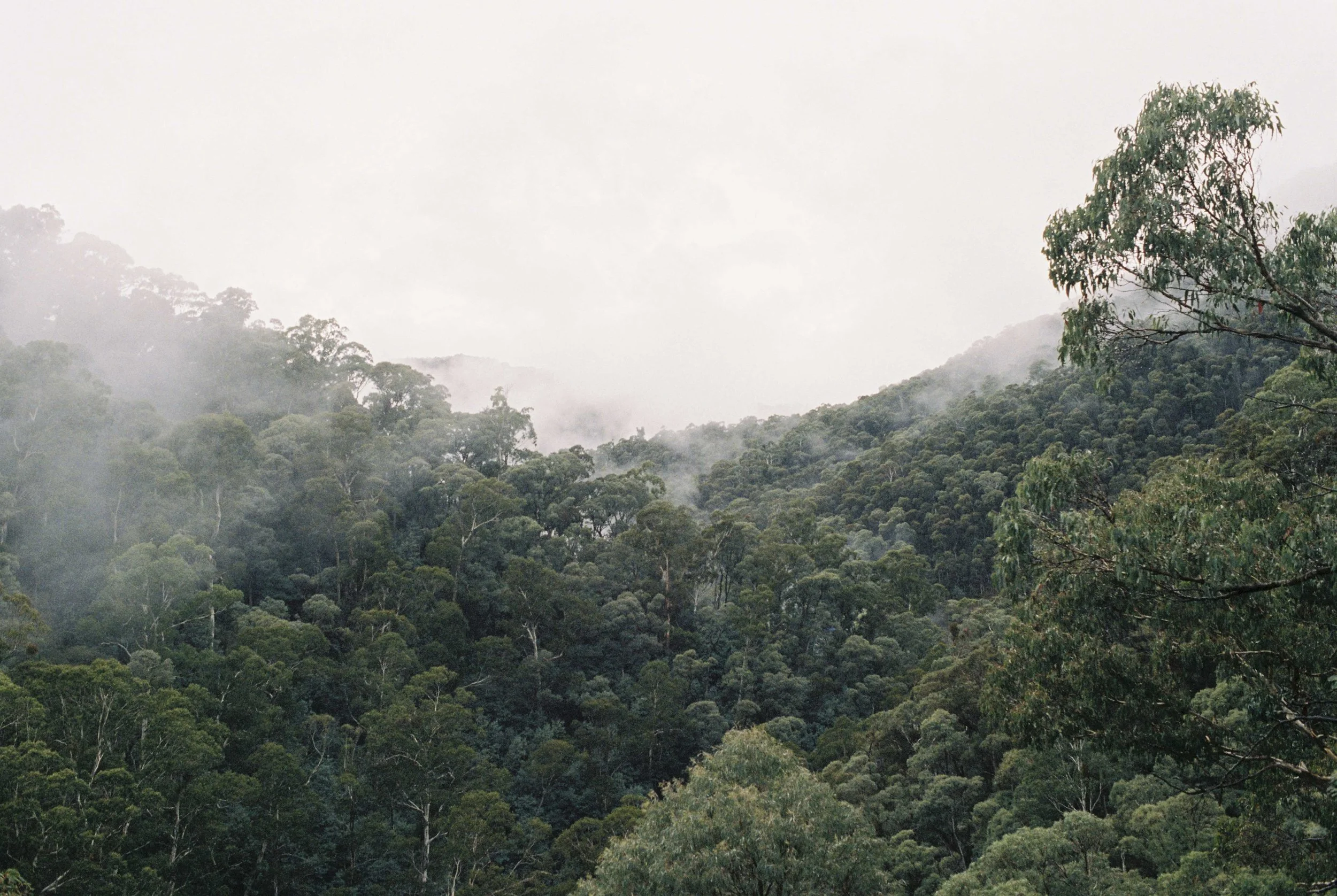Two mathematicians walk into a bar and decide to play a game to see which one of them can name the biggest number.
“One.” -says the first mathematician.
“Two.”- says the other mathematician.
“Ten.”- comes the response.
“One hundred.” -follows the other one.
“One thousand.” - comes the quick reply.
“One million.” - responds the other.
“One billion!”
At this, the other mathematician ponders for a while, then eventually answers.
“Infinity.” - he says with a smug grin.
For a brief moment they both think the game is over. But then, the other mathematician replies with a cheeky smile.
“Infinity, plus one”.
